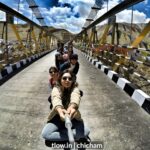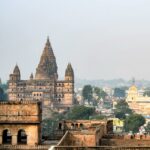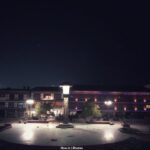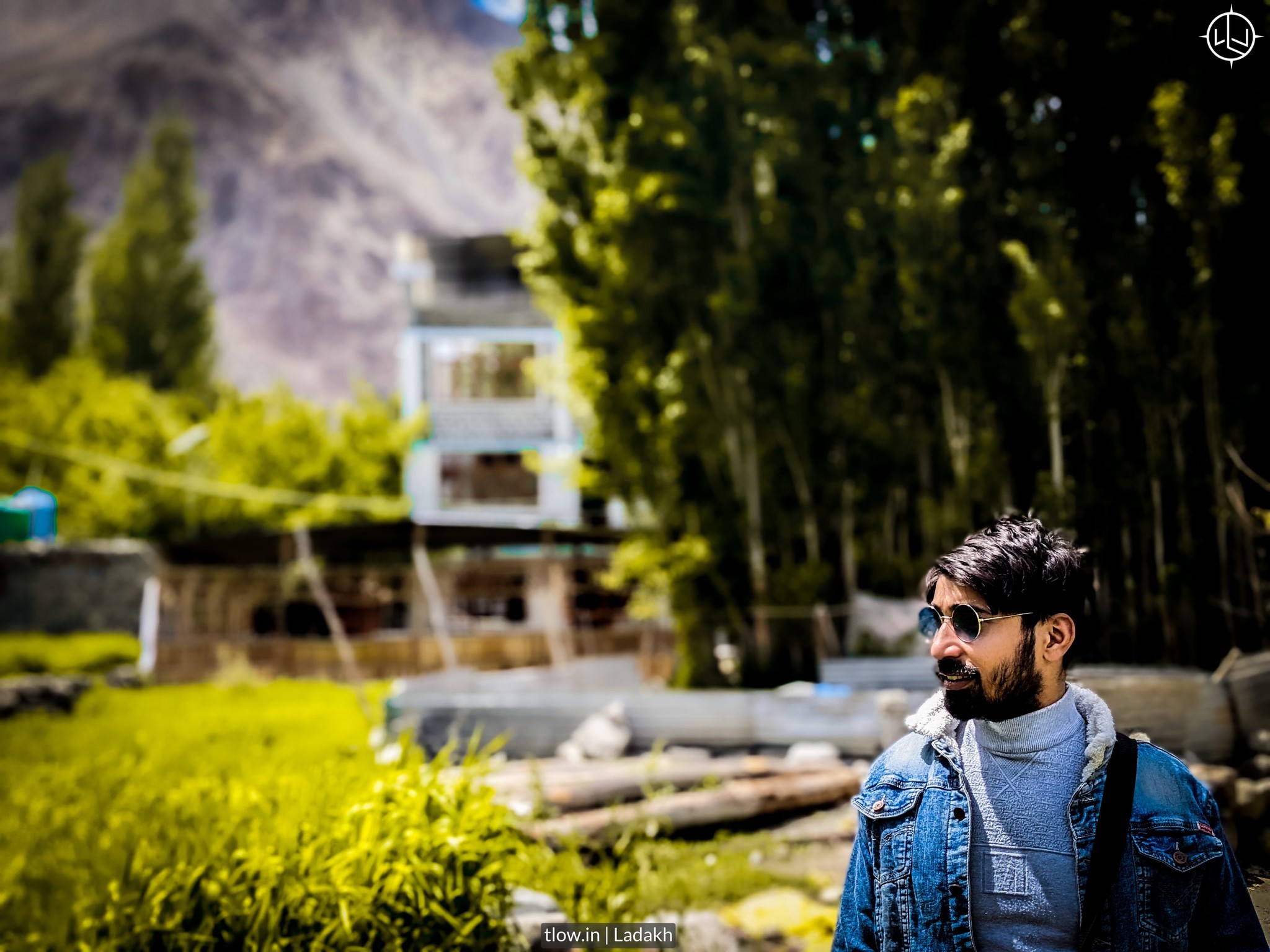
15 superb facts about Turtuk in Ladakh
Turtuk Village is a small village located in the Nubra Valley in Ladakh, India. It is the last village in India before the Line of Control (LoC) with Pakistan. The village offers a unique opportunity to experience the rich culture of Balti people and awe-inspiring landscapes.
Table of Contents
Taglines
“Turtuk Village: The gateway to the Nubra Valley”
“Turtuk Village: A taste of Balti life”
Important things
Turtuk is a village located in the Leh district of the Indian-administered region of Jammu and Kashmir. Situated in the Nubra Valley, it is known for its stunning natural beauty, cultural diversity, and rich history. Here are some key points:
1. Location and Access: It is situated around 205 km from Leh, the capital of Ladakh. It is the last village accessible to tourists before the Line of Control (LOC) between India and Pakistan. Foreign tourists require a permit to visit here.
2. Balti People: It is primarily inhabited by Balti people, who are ethnically and linguistically different from other Ladakhi communities. The Balti people have their origins in the Baltistan region, which is now a part of Pakistan. It was part of Baltistan until it came under Indian control in 1971.
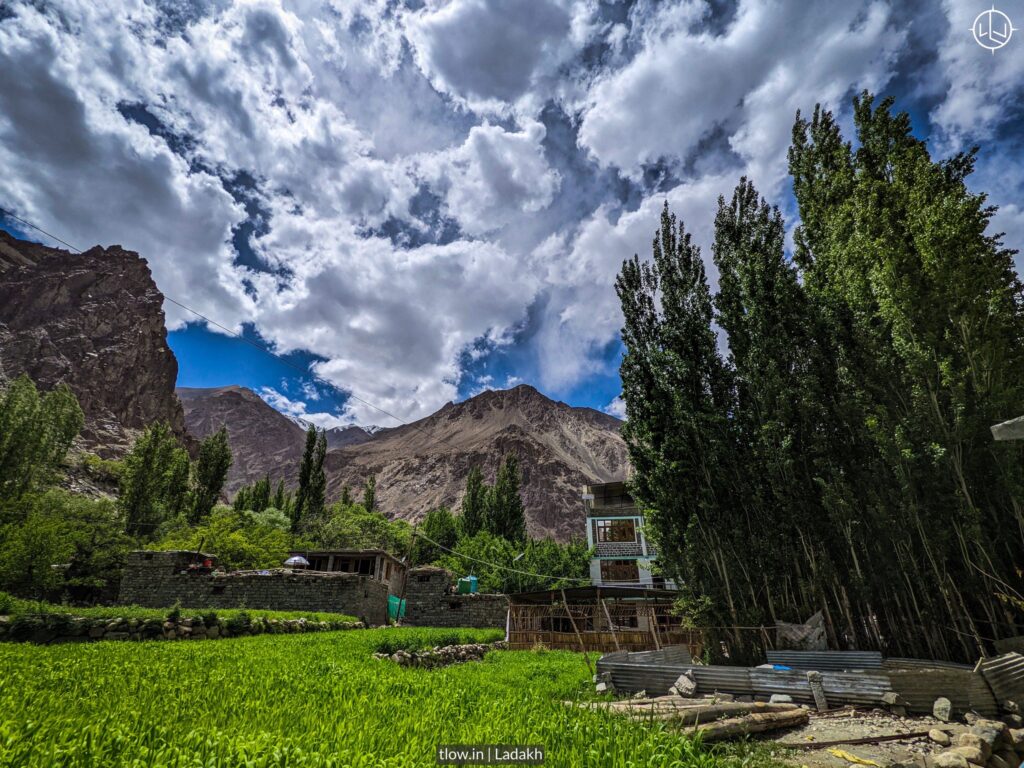
3. Cultural Richness: It offers a unique cultural experience with its Balti heritage. The village is known for its traditional Balti architecture, with stone houses decorated with beautiful woodwork. The Balti people have their own language, Balti Tibetan, which is distinct from Ladakhi.
4. Apricot Orchards: It is famous for its apricot orchards, and apricot trees can be found throughout the village. The region’s fertile soil and suitable climate contribute to the cultivation of high-quality apricots. Apricot products such as jams, preserves, and oils are made and sold here.
5. Siachen Glacier Connection: Turtuk is often referred to as the “Gateway to Siachen” due to its proximity to the Siachen Glacier, the highest battlefield in the world. The village offers a base for trekkers and tourists to explore the surrounding mountains and glaciers.
6. Religious Diversity: Turtuk is home to both Buddhist monasteries and mosques, reflecting the religious diversity of the region. The villagers primarily practice Buddhism and Islam.
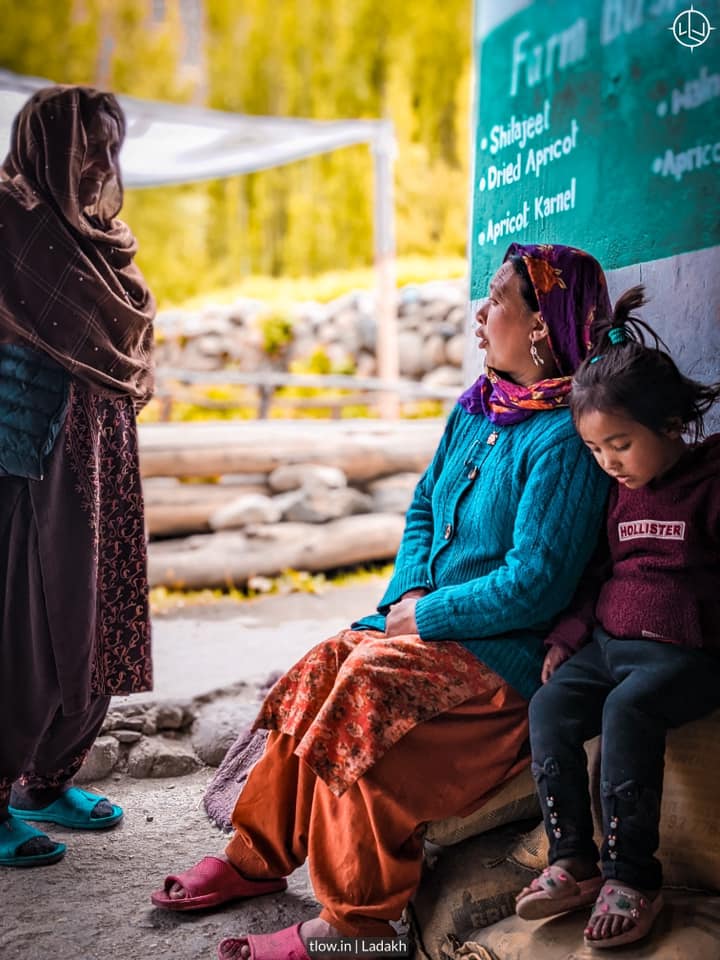
7. Trekking and Hiking: Turtuk offers various trekking and hiking opportunities, allowing visitors to explore the picturesque landscapes of the Nubra Valley. Popular trekking destinations include the Turtuk Waterfall and Yagbo Tso Lake.
8. Homestays: To experience the authentic local culture, visitors can opt for homestays in Turtuk. Staying with local families provides an opportunity to learn about their way of life, traditions, and enjoy homemade Balti cuisine.
9. War Memorial: Turtuk has a war memorial dedicated to Indian soldiers who lost their lives in the 1971 India-Pakistan war. The memorial serves as a reminder of the historical significance of the region.
10. Increasing Tourism: While Turtuk was inaccessible to tourists for a long time, it has gained popularity in recent years. Its pristine beauty, rich culture, and remote location make it an offbeat destination for nature lovers, trekkers, and adventure enthusiasts.
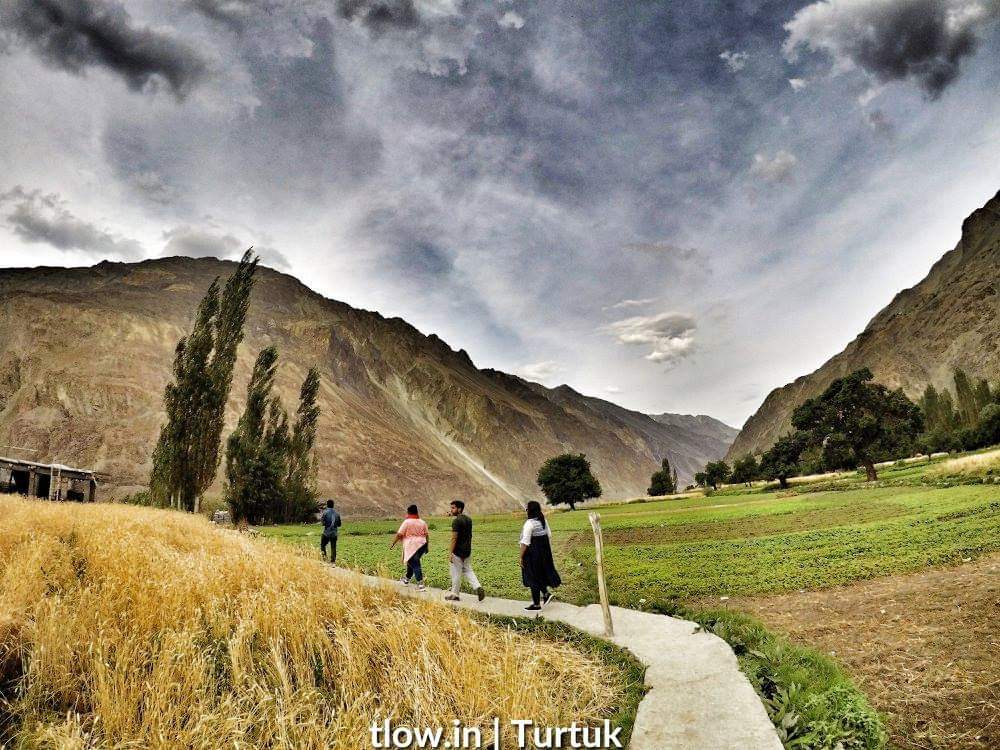
Facts about Turtuk
- The village is known for its Balti culture and cuisine. It is a village located in the Leh district of the Indian-administered region of Jammu and Kashmir.
- It is one of the last villages accessible to tourists in the Nubra Valley region.
- The village’s hospitality is renowned, and visitors have the opportunity to stay in traditional homestays and experience the Balti way of life firsthand.
- The village was under Pakistani control until 1971 and was opened to tourism later, allowing visitors to explore a region with a unique history and identity.
- It is situated in the Nubra Valley, close to the Line of Control (LOC) between India and Pakistan. It was once a part of Pakistan but was occupied by India in 1971.
- It is the last village accessible to tourists in India. Beyond Turtuk lies the LOC, making it a strategically important location.
- The village is inhabited by Balti people, who have a distinct culture and language. The Balti people are ethnically and linguistically different from the other residents of Ladakh.
- It is known for its stunning natural beauty, with snow-covered peaks, lush green valleys, and crystal clear streams. It is often referred to as the “Gateway to Siachen” due to its proximity to the Siachen Glacier, the highest battlefield in the world.
- The villagers primarily practice Buddhism and Islam. There are a few Buddhist monasteries and mosques in the village that reflect the religious diversity of the region.
- It is famous for its apricots, which are considered the best in the region. Apricot trees can be found throughout the village, and the locals make various products from apricots, including jams, preserves, and oils.
- The people are known for their warm hospitality and friendliness. Visitors often receive a warm welcome from the locals and are offered a taste of the local cuisine.
- It offers several hiking and trekking opportunities, allowing visitors to explore the picturesque landscapes of the Nubra Valley. Popular trekking destinations include the Turtuk Waterfall and the nearby Yagbo Tso Lake.
- Despite its remote location, it has been gaining popularity among tourists in recent years. Its unique cultural heritage, scenic beauty, and historical significance make it a must-visit destination in Ladakh.
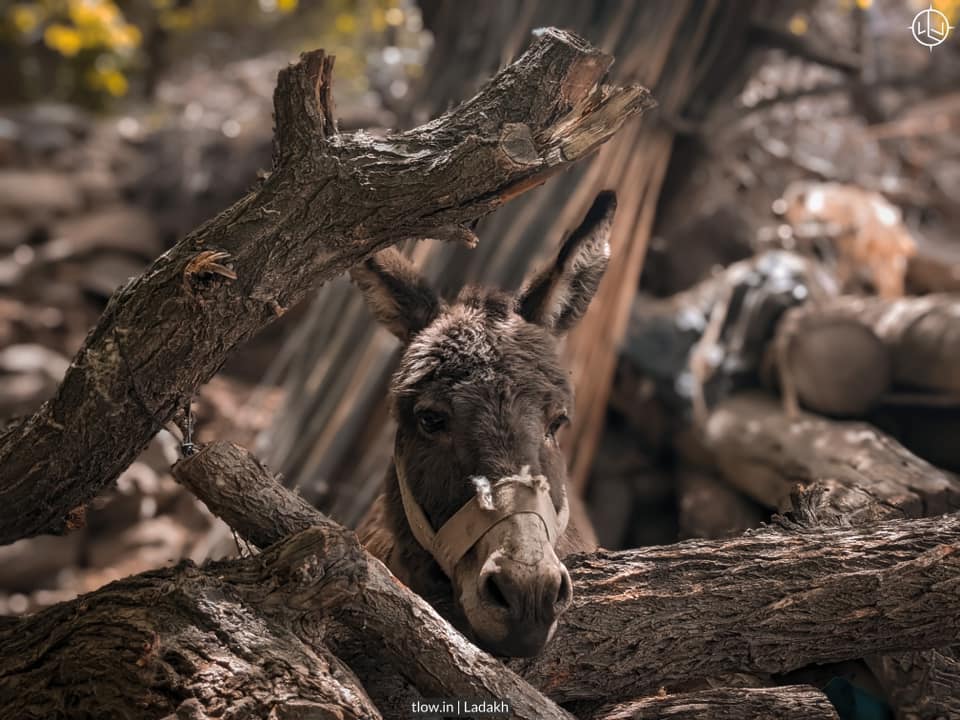
Places to visit nearby
- Turtuk Monastery
- Turtuk Waterfall
- Visit Balti Homes
- Turtuk Fort
- Yagbo Ancient Village
Best Time to Visit the Place
The best time to visit the Village is during the spring (April-May) or fall (October-November). The weather is mild during these times and there are fewer crowds.


